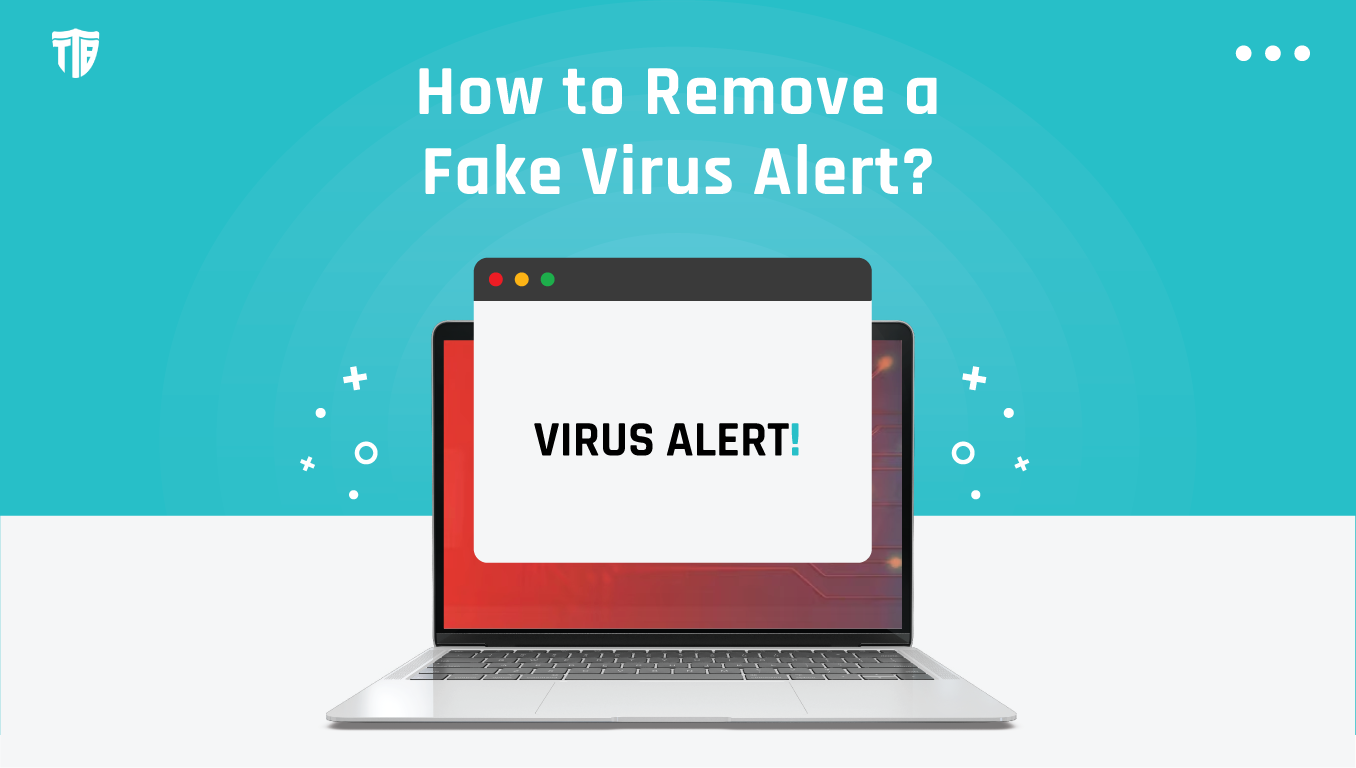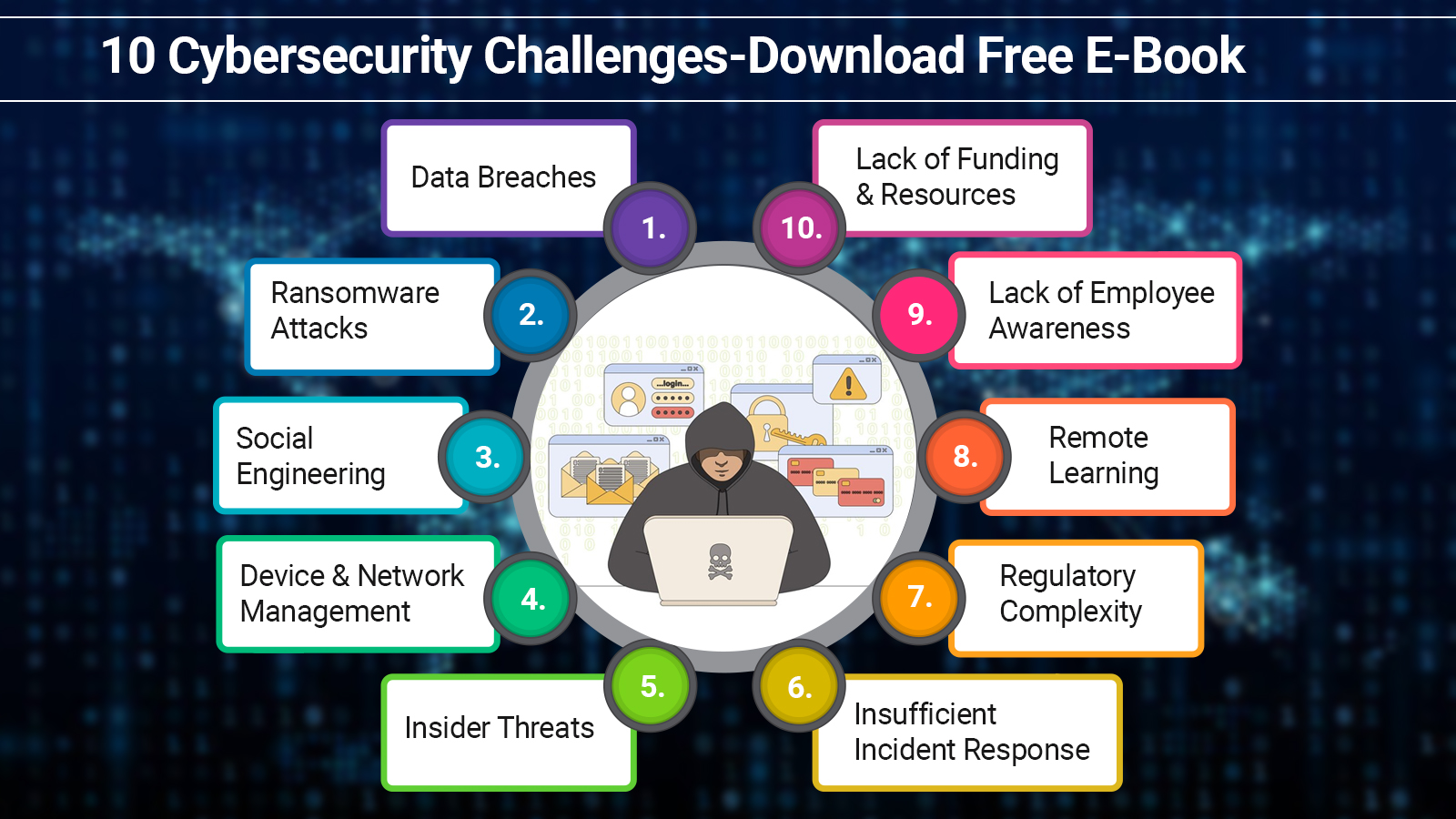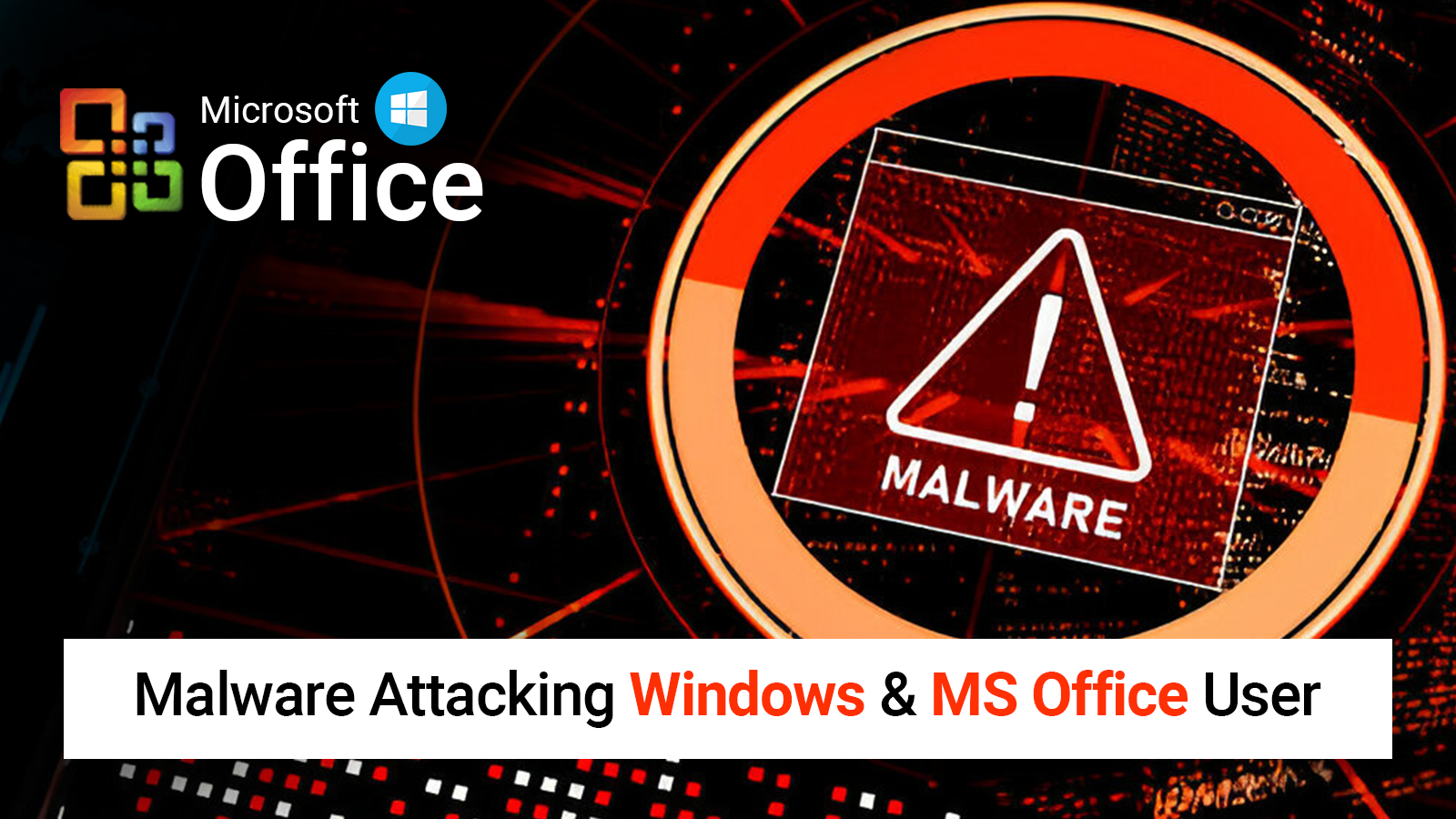Have you ever come across a suspicious pop-up message claiming that your device has a virus? Often, hackers create fake pop-ups for innocent people and deceive them into paying for so-called security services or software. Clicking on such pop-up messages sometimes can trigger virus downloads on your device. You can easily identify and remove such fake virus alerts using a reliable antivirus, such as TTB Antivirus.
If you are not careful about the fake virus alerts, they’ll lead you towards an actual virus injection in your device. Hackers often design fake virus alerts to trick their victims into clicking on the false alert and installing malicious software. Therefore, it is crucial for you to first learn to identify fake virus alerts and how you can deal with these alerts.
Through this blog, you will learn about some common signs of fake virus alerts, and how you can identify them. In addition, it also explains the effective ways to prevent such fake alerts. So dig into this blog post right away and follow the upcoming steps with no mistakes.
Signs of Fake Virus Alerts
Determining whether a virus alert is fake or genuine is a critical skill in the modern digital landscape. In this section, you'll explore key indicators to help you anticipate if a pop-up message is a legitimate or a potential threat.
- The message is asking you to make a payment.
- It will create a sense of panic in your mind.
- The pop-up message will have a poor design.
- There will be several grammar mistakes in the message.
- The message will encourage you to call a specific number.
Staying vigilant and identifying these warning signs will empower you to secure your digital assets. Moreover, it will also help you make precise decisions when coming across a suspicious pop-up message. Your ability to differentiate between a fake and genuine virus alert is important to protect your online safety.
Tips to Identify the Fake Virus Alerts
Fake virus alerts can be very convincing, but there are certain signs to check if it is fraudulent. Understanding these signs will help you avoid bogus pop-up alerts and you won't click on any dangerous link. The revealing signs of fake virus alerts are as follows:
- Fake-Sounding Products: Fake virus alerts are usually straightforward. Oftentimes, they promote fraudulent products and/or services. Learning about the best antivirus software will make it simple to recognize fraudulent software.
- High-Frequency Alerts: A sudden increase in the virus warnings is alarming. Whatsoever, it's a common tactic that many hackers use these days. Their primary goal is to make the web surfers concerned enough to download their fraudulent products or services.
- Use of Bad Grammar: A legitimate corporation always takes enough time to refine its messages and communications. But the fake virus fraudulent schemes will often have grammar and spelling errors. Moreover, they may also use strange text designs, such as “_” or “#” symbols across the message.
- Indistinct Wording: Vague descriptions or unclear promises are very suspicious. Reputable antivirus software (Like TTB Antivirus) will use simple & straightforward dialects to describe its products/services and benefits.
Although several signs will help you identify fake virus alerts, these tips will help you identify such fake alerts without facing many problems.
Steps to Prevent the Fake Virus Alerts
To secure your device from these fake virus alerts, follow the cybersecurity tips in this section to avoid fake pop-ups and other internet threats.
- Don’t Click on Suspicious Links - A click on a suspicious link or attachment will put your device's security at risk. Several hackers, these days, use phishing to steal personal information, deploy viruses, and hijack your browser as well. Therefore, you should never click on unidentified or suspicious links or attachments.
- Use an Ad Blocker - Another method to avoid such alerts is using an ad blocker on your device. It will help you hide all the unwanted ads and pop-up messages, so you can gaze around the internet without any disturbance. It not only boosts your user experience but helps you to avoid fake pop-ups as well.
- Update Your Device’s Software - Another thing you should remember is updating your device's software, and the web browser at regular intervals. Otherwise, the cybercriminals will insert a bug in your device that will hide within the device for a few months and infect it at a specific time.
- Use Secure Passwords - If the worst happens and you click on the fake pop-up, there is still a chance that you can carry out the virus. Therefore, you must set unique passwords to protect your accounts. So, if one account gets compromised, other accounts will remain secure.
Including these cybersecurity tips will help you shield your devices from fake virus alerts. So, stay vigilant, employ ad blockers, keep your software up to date, and avoid suspicious links. By that means, you must ensure peace of mind and secure your device's security. In addition to this, safeguard your bank accounts and social media accounts with unique passwords to cushion your overall online protection.
Bottom Line
Once you complete all the steps in this blog post, you can identify and eliminate the fake virus alerts in your device. But you may come across a situation when you are unable to eliminate such tasks. Apart from this, you may continue to receive such fake notifications.
What do you think you will do when it happens to you? Well, you can chat with our technical experts and they’ll dedicatedly work to help you out. They’ll not only guide you to identify such fake virus alerts but also assist you in eliminating them.









